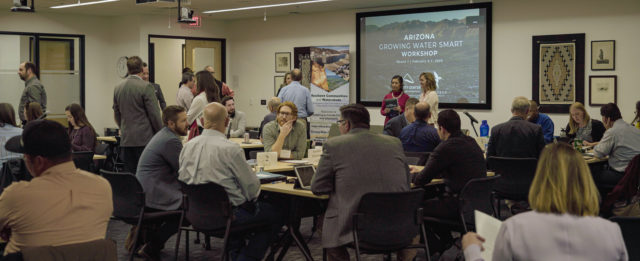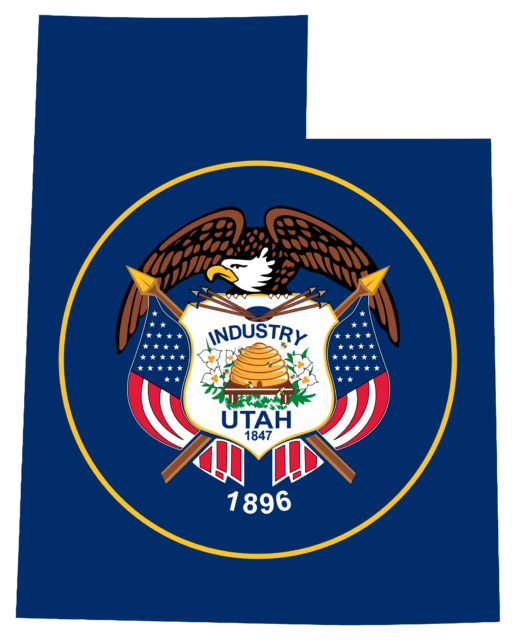Workshops, Resources and Support for a Resilient Water Future
Where and how we build impacts water demand and the quality of water that nourishes our ecosystems and replenishes our supplies. Historically, planning for water resources and planning for land use development have been conducted in silos–yet the two areas profoundly impact one another. Bringing them together can help ensure water resources meet the demands of both people and nature to simultaneously support healthy watersheds and prosperous communities across the Colorado River Basin.
Growing populations, deepening water scarcity, and more severe droughts are part of our reality. While the Colorado River Basin states negotiate solutions to projected basin-wide shortage, local jurisdictions can use land efficiently and conserve water as they plan for the future. By integrating water and land use, communities can continue to grow while reducing potential water shortages, managing costs and ensuring healthy communities and watersheds.
Growing Water Smart (GWS), a joint program of the Sonoran Institute and the Babbitt Center for Land and Water Policy, a center of the Lincoln Institute of Land Policy, is addressing a critical need by empowering local government leaders with the full range of communications, public engagement, planning, and policy implementation tools to realize their watershed health and community resiliency goals.
Our Impact To Date:
19 Workshops
775 Participants
129 Cities, Counties, and Towns
42 Technical Assistance Projects
Be Resilient. Attend a Growing Water Smart Workshop.
Our workshops bring leaders from a city, town, county or region together to devote entire days to learning, collaboration, and strategic planning, which lead to action plans tailored to their unique needs. Participants become eligible for follow-up technical assistance to help implement their action plans. Participating communities gain:
- A better understanding of how land use and climate trends impact water supply and demand.
- The strategies and tools to integrate water and land use planning to better adapt to change and uncertainty.
- Decision makers from multiple disciplines, departments, agencies, and organizations agree to common goals around water.
- Clear and concise language to communicate critical community goals around water to gain community and decision maker support.
- Professional relationships with peers across the region.
- A path forward. An action plan tailored to your local needs.














